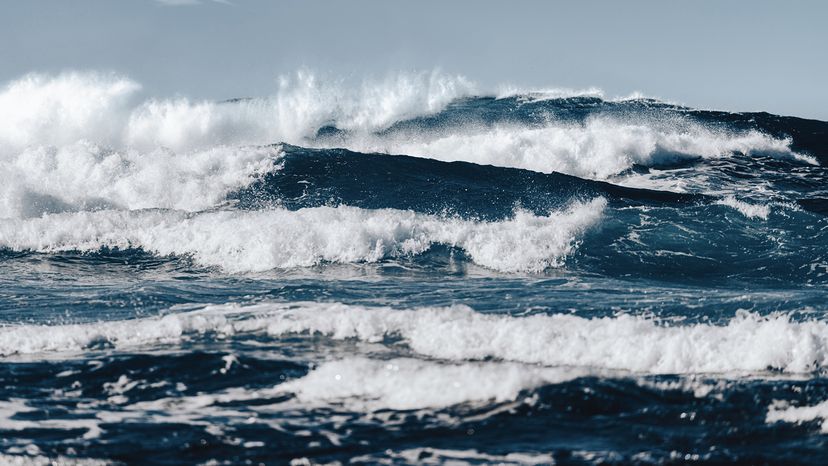Piracy remains a significant threat in several regions around the globe, with certain seas notorious for their high levels of pirate activity, which the ICC International Maritime Bureau tracks throughout the year. According to the organization, these are five regions with dangerous seas for piracy.
1. Singapore Strait, Southeast Asia
The area in and around the Singapore Strait, including the Malay Strait and other waters of the South China Sea in Southeast Asia, is significant area of concern for piracy.
During the first half of 2024, the ICC IMB reports there were 13 piracy incidents there. Pirates used guns or knives in 11 of these cases and took a total of 10 crew members hostage in six separate attacks.
The good news is, this figure might be trending downward: In 2022 there were 55 total incidents, and during the first half of 2023, there were 20 incidents.
This region is one of the world's busiest shipping lanes, making it a lucrative target for pirates. The territorial disputes in the South China Sea further complicate maritime security, as rogue waves of piracy threaten vessels navigating these dangerous waters.
2. Waters Around the Indian Archipelago, Southeast Asia and Oceania
The waters surrounding the Indian Archipelago — including the Celebes Sea, Banda Sea and Java Sea — are experiencing a rise in piracy, according to the ICC IMB. During the first half of 2024, there were 12 incidents.
The organization says the region hasn't seen a number that high since the first half of 2021, when there were 15 piracy and armed robbery attacks against ships there. Most of these attacks occurred around Dumai, Indonesia, with the pirates using knives or guns.
3. Gulf of Guinea, West Africa
The Gulf of Guinea, including the Niger River delta, saw 10 piracy and armed robbery attacks during the first half of 2024, according to the ICC IMB.
Believe it or not, this is a vast improvement from recent years; in 2021, the region accounted for 43 percent of all piracy events and 95 percent of global kidnappings at sea.
While the number of reported incidents has been trending downward in recent years, this region still requires seafarers to be vigilant. Pirates in this area often target cargo ships and fishing vessels, seeking ransoms or valuable goods.
The Gulf's strategic location near vital sea routes exacerbates the risk, posing significant security challenges to all maritime traffic.
4. Peruvian Coast, South America
According to the ICC IMB, in 2023 there were 19 incidents of piracy in the northern waters off of South America, for an average of 9.5 attacks per six-month period. That includes events in the South Pacific Ocean, Caribbean Sea and the North Atlantic Ocean. The figure was actually down from 2022, when there were 24 piracy incidents in the region.
In 2023, the vast majority of attacks (14) took place around Callao, Peru. Using guns or knives, the pirates took several crew members hostage, threatening or even assaulting them. Other incidents took place near Macapa, Brazil, and Puerto Bolivar, Colombia.
5. Somali Coast, East Africa
The Somali coast, including the Gulf of Aden and the Indian Ocean, has been infamous for piracy going back for decades. Between 2009 and 2011, ships reported 200 incidents annually, although the situation has improved significantly in recent times. The ICC IMB reports there were 8 piracy and armed robbery attacks in the region during the first half of 2024.
The Red Sea, which connects to the Gulf of Aden via the Bab-el-Mandeb Strait, is another hotspot for Somali pirates. Between November 2023 and April 2024, there were 18 vessels hijacked by pirates there. Houthi militia were responsible for dozens of other incidents in the area.
The region's extreme weather conditions and territorial disputes have made it a breeding ground for violent attacks. Despite international naval efforts to secure these dangerous seas, piracy incidents remain a concern for ships passing through this strategic location.
